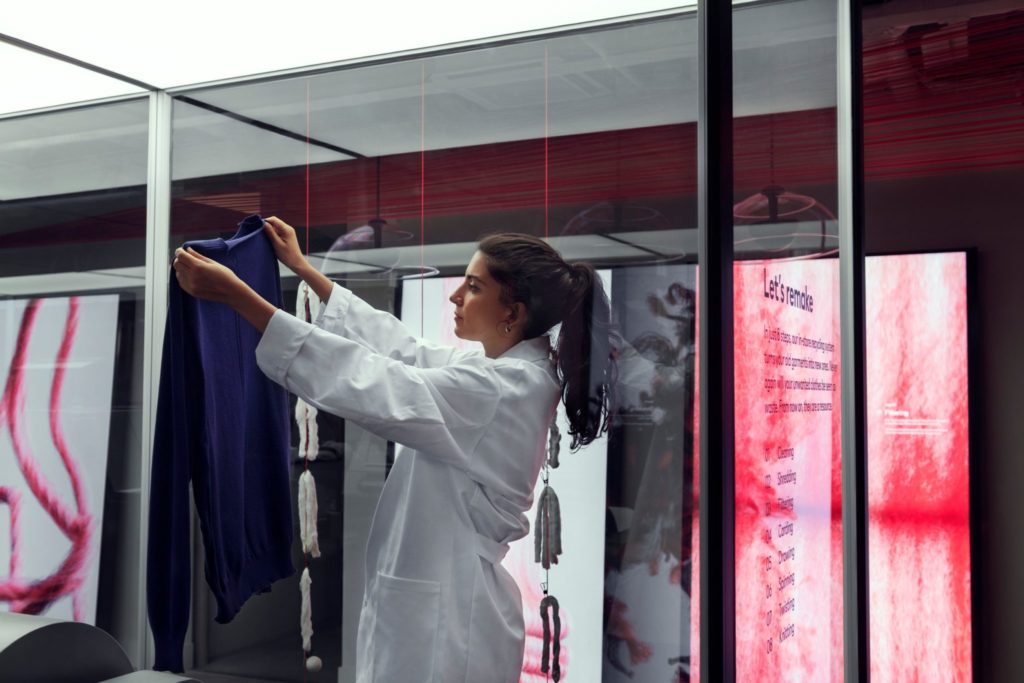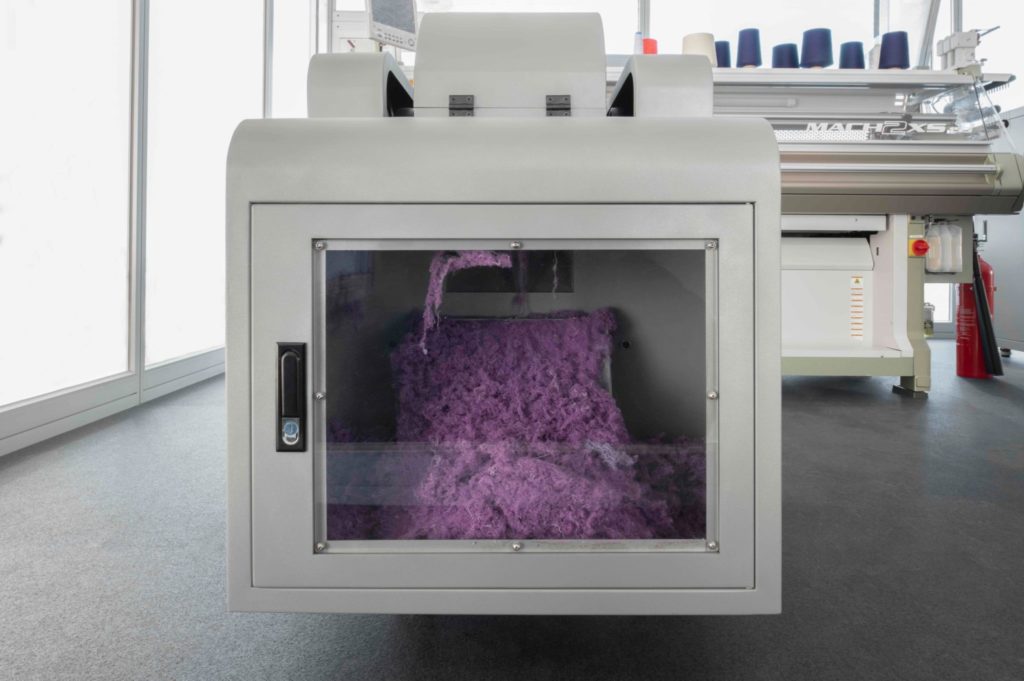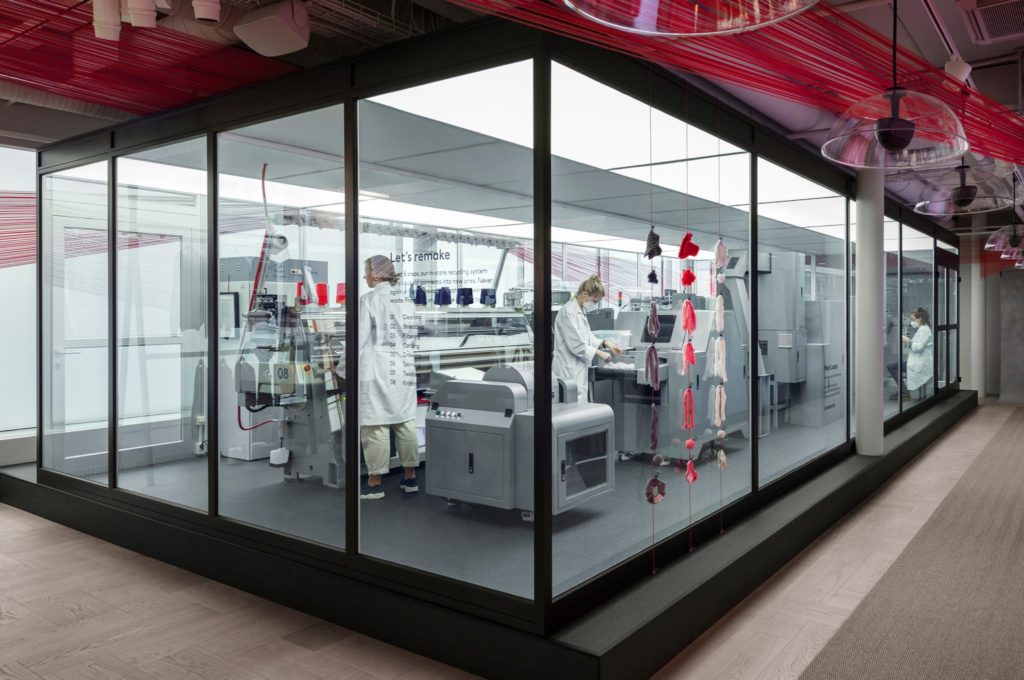Many companies are finding ways to treat the Earth better. They’re tapping into sustainability by moving towards recycling and reusing. This initiative has been striving, but there’s got to be a bigger and better way for existing resources to be reused, instead of dumping it. Particularly in the fashion industry, millions of resources and energy is used to produce new garments, while the old ones are partially recycled and the rest lands on the dumping ground.
In the past few years, we have seen the fashion industry taking greater interest in fostering change in their products. This does not mean quality is being compromised. Ethical clothing does not only feel good, but it’s also far more affordable for consumers. This is where H&M’s new initiative ‘Looop’ takes centre stage, and it’s all about: circular fashion.
H&M’s is now offering their customers in Sweden to play their role in giving back to Mother Earth by partaking in their sustainability efforts. Customers can now bring their unwanted garments or textiles and transforming them into new pieces in the most eco-friendly way.

H&M’s ‘Looop’, the first ever clothing recycling system is all about reusing existing clothing because it carries so much value. Looop’s container-sized equipment bridges the gap in fashion where people are encouraged to hold on to their unwanted items as it could be of use once again.
Looop is now open to the public at one of the Drottninggatan stores in Stockholm. H&M is the first retailer, and not the last we hope, that has created garment-to-garment recycling to the public. By being able to the witness the entire recycling process at Looop, the retailer hopes to create awareness to the public that every garment is precious and love the piece they own for a longer time. They also envision to build more prudent and ethical consumers in the future, to avoid unnecessary wastage.

The recycling machine uses a tedious 8-step process where the disassembling and reassembling of the garments takes place. First, the garments are cleaned, then they are shredded into fibres and spun into new yarn, which eventually is knitted into new fashion materials. It is know that there are some sustainably-sourced materials used to recreate the new garment, but it is used in a very minimal amount. Looop does not use any water or chemicals in the process, which has a significant low impact in the environment, as compared to creating a new garment from scratch.

We hope to see H&M opening Looop systems in many other countries as well, in line with their continuous effort sustaining the environment. If other brands to embark on garment recycling efforts as well, it will potentially leave a bigger footprint in conserving our environment. This fashion brand has surely taken it to another level.
[All image courtesy of H&M]










